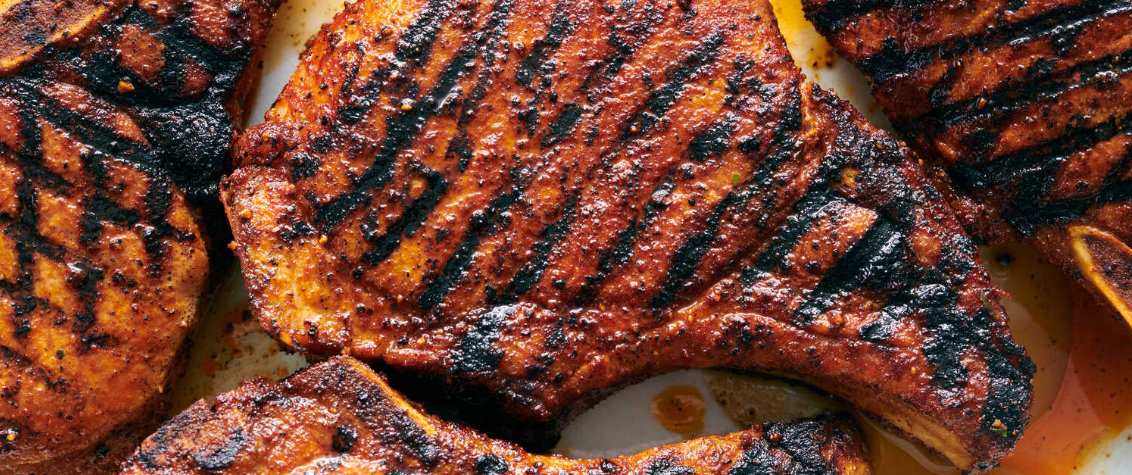Subtotal $0.00
Protein Cost management
Beef prices have surged across the supply chain in 2025, putting pressure on margins and consumer wallets alike. At the retail level, beef and veal prices are forecast to increase by about 11.6% this year. Meanwhile, wholesale cattle prices have reached record highs, driven by tight herd inventories and rising feed costs. FinancialContent+4Economic Research Service+4Economic Research Service+4 Ground beef alone is up more than 16% year over year in many markets. Beef – It’s What’s For Dinner
These elevated beef costs are motivating both supermarkets and foodservice providers to reconsider protein strategies. How can they protect margins without eroding volume or alienating consumers? One compelling approach: leverage pork as a more affordable, flexible, and resilient alternative protein.
Why Pork Makes Sense Now
1. Relative price stability
While beef is experiencing volatile spikes, pork prices are rising much more modestly. In 2025, retail pork prices are expected to rise only around 1.4%, compared to double-digit increases for beef. Economic Research Service+1 That tight divergence makes pork a stronger “value anchor” in promotional strategies, especially when consumers are more price sensitive.
2. Broad culinary versatility
Pork adapts well across cuisines and formats — chops, loins, pulled pork, ground pork, ribs, bacon, sausages, and more. That flexibility enables retailers and operators to pivot menus while preserving consumer appeal. From tacos and stir-fry to sandwiches and entrée plates, pork can be integrated with minimal disruption to consumer perceptions of “meat.”
3. Margin and margin-protection potential
Because the input cost is lower and more stable, pork gives food businesses more leeway to preserve or expand margins, offer discounts or promotions, or absorb cost pressures elsewhere (e.g. labor, logistics). A retailer or operator can convert a beef-based SKU to pork (or pork-beef blend) and retain a more sustainable cost buffer.
4. Consumer acceptance and behavior
Consumers are already accustomed to pork in many households, and as beef becomes more cost-prohibitive, many will “trade down” to pork rather than eliminate animal protein altogether. The shift is less jarring than replacing meat with plant-based substitutes in many contexts. Because consumption of conventional meats (including pork) remains strong, operators can lean into pork without massive behavioral obstacles. AgFunderNews+2The Good Food Institute+2
Strategy Guidance: How Retail & Foodservice Should Approach the Shift
Here are practical playbooks and tips to enable a successful move toward pork-based proteins.
| Stakeholder | Key Focus Areas | Tactical Ideas |
|---|---|---|
| Retailers (meat case, promotions) | Position pork as “value + premium” alternative | • Increase share of premium pork cuts in featuring (loin, tenderloin) • Use “beef alternative” messaging (e.g. “same flavor, lower price”) • Bundle pork with value-adding sides or seasonings • Introduce curated “beef-to-pork” swap kits |
| Foodservice / QSR / full-service | Menu engineering to migrate key plates | • Pilot pork-based versions of popular beef entrees (e.g. pork barbacoa vs beef • Use hybrid “meat + plant” blends to lower cost while preserving flavor • Leverage pork’s flavor (smoking, braising) in signature dishes • Promote pork’s sustainability or value messaging on menus |
| Marketing & communication | Messaging that manages perception and builds confidence | • Showcase taste, juiciness, texture equivalence • Use storytelling around local pork, sustainable farming • Offer sampling or limited-time offers to reduce adoption risk • Monitor feedback and adjust recipes for texture/flavor preferences |
Challenges & Mitigations
- Consumer preference inertia: Some diners strongly prefer beef as “steak” or “premium meat.” Mitigate via sampling, chef endorsements, limited-time testing, and dual-menu options.
- Margin compression risk with aggressive discounting: Don’t over-discount — position pork as smart value, not “cheap.” Retain premium cuts and descriptors.
- Menu & brand identity alignment: For brands built around “beef-forward” identity, the shift must maintain the brand essence (e.g. emphasize smoky, savory, grill techniques).
Outlook & Long-Term Implications
The shift to pork isn’t just a temporary workaround — it may evolve into a structural repositioning across retail and foodservice as high beef costs persist. Given beef herd recovery takes years, the current price environment is unlikely to reverse quickly. Economic Research Service+2OECD+2
At Ritter Foods, we recognize how critical flexibility and value are in today’s protein market. That’s why we offer a full line of premium pork products designed to meet the needs of both retail and foodservice customers. From fresh pork loins and ribs to retail packs of bacon and other pork products from nationally recognized brands, our pork lineup delivers consistency, flavor, and value at every level of your business.
Explore our pork offerings here: 👉 Ritter Foods Pork Products
Whether you’re adapting to higher beef prices, diversifying your protein mix, or seeking reliable supply partners, Ritter Foods is ready to help you meet market demand — and keep your customers satisfied.















Comments are closed